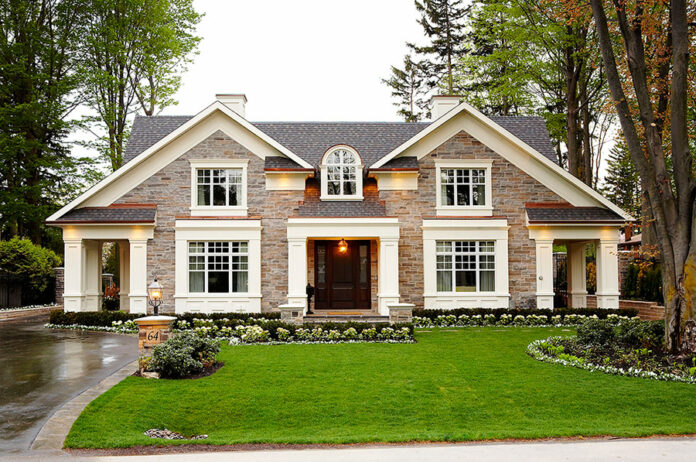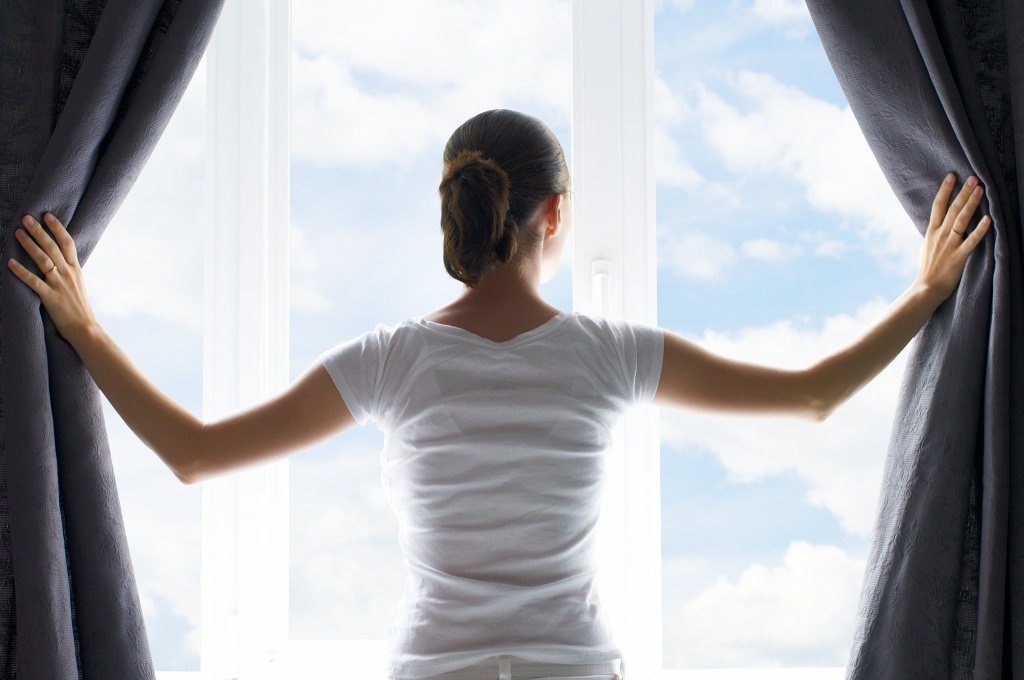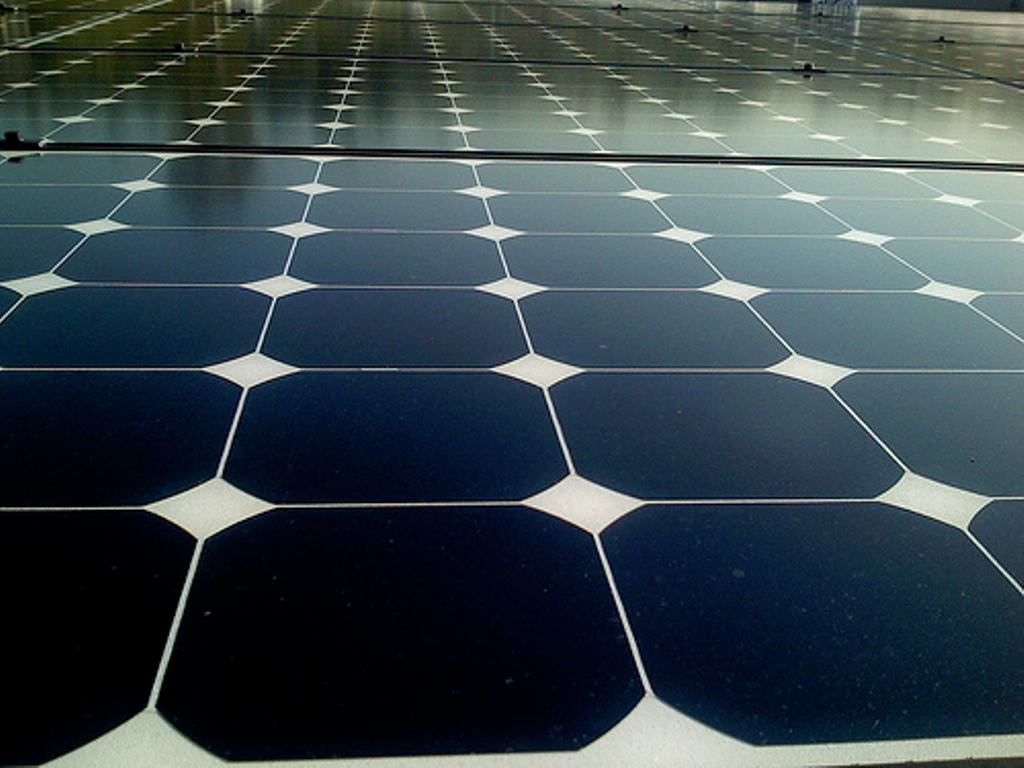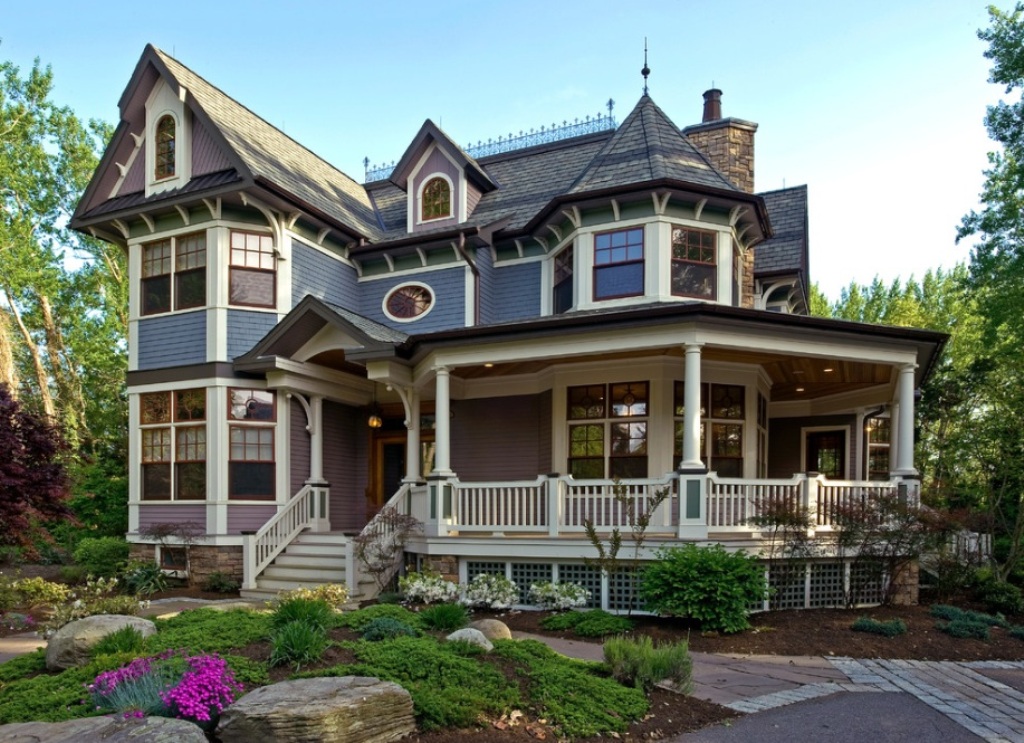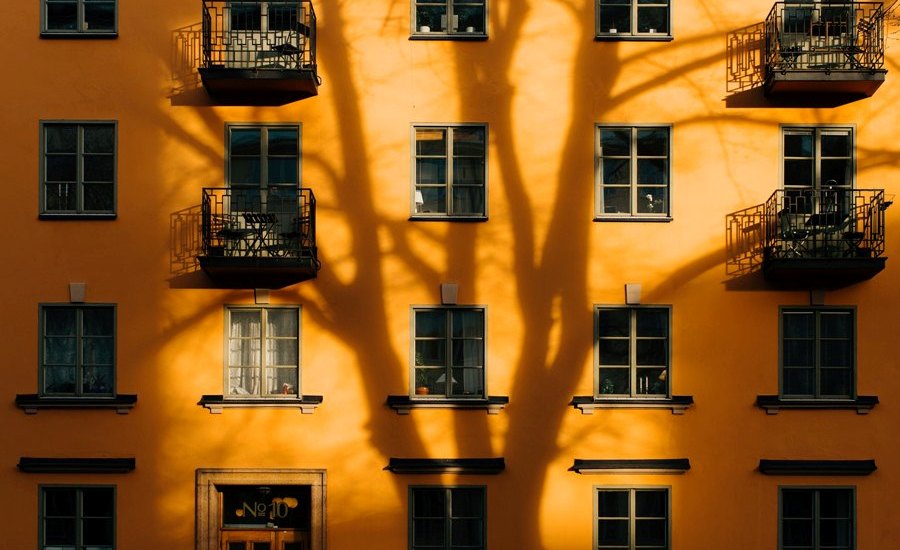Efficiency and beauty can coexist. Without the natural exposure to airflow and outdoor sounds that homes of the last century enjoyed, modern homes can feel sterile in comparison. But we don’t have to allow efficiency to take the style out of home design. There is no end to the tips and tricks available for tweaking every aspect of a home for efficiency, indoors and out.
The Power of the Sun
Solar technology allows energy-efficient home design to be the standard, rather than a luxury. Even for pre-existing structures, efficiency can be greatly improved during renovation or remodeling. Our ability to insulate and filter sunlight brings us to the point where the sun no longer has to be treated as the enemy. Using passive solar design, a home collects sunlight and heat in the winter, and minimizes it in the summer.
The factors that enable passive solar design include things like the placement and size of windows to capitalize on the position of the sun at different times of the year, thermal insulation, shading of the building, and methods of absorbing light and heat for later use, all with a view to reducing the environmental impact of the building. Natural lighting not only saves energy, it creates more cheerful and comfortable indoor spaces.
With a combination of passive solar design and a rooftop thermal system, it’s possible for a home to get all its space heating from the sun. An efficient passive solar collection can also power water heating, and even secondary radiant floor heating systems, especially in sunnier climates.
The Sensibility of Modern Design Materials
Taking all aspects of design into account, it’s possible to build a home so efficient that it runs completely self-sufficiently. Taking into account factors like known environmental conditions in a given location—things such as the strength and angle of available sunlight, wind strength and direction, and the orientation of a structure—can be effective enough to allow for a zero-energy design.
Even for people who don’t necessarily want to be off-grid, simple solutions such as an effective “building envelope” sealing the home to control airflow and temperature can make a home off-grid capable. There’s a wonderful feeling of self-sufficiency in the capability to operate independently of a power company.
What About Older Homes?
If the home of your dreams means re-fleshing the good bones of an older structure, the state of modern insulation materials and energy efficiency technology allows for a great leap forward. Smart thermostats, for example, have the potential to save homeowners a significant amount of money.
Adjusting a thermostat remotely through one’s smartphone is not only economical — it’s fun! Setting up automatic adjustments mean you never have to heat or cool an empty house.
A relatively minor tweak such as switching to new, more efficient light bulbs saves energy and allows for more nuanced lighting options. Some new smart light bulbs are programmable with a phone app that and provide customizable brightness, tone, and color. With some planning, it’s possible to enjoy an energy-efficient lifestyle, with style.

